This framework includes the research areas and possible research methodology.
• The blue squares in the framework show three main research questions.
• The orange squares are the sub-research questions for each part.
• The yellow squares are relevant research areas which provide researchers accesses to find resources.
• The red cycles are outcomes that come from research.
People with higher cooking frequency usually show more positive emotions in the whole cooking process.
In general, people with high cooking frequency have more cooking confidence that shows their ability to anticipate the difficulties, control the emergencies, and find out the solutions.
However, frequent cooking also reduces the sense of novelty about home cooking that people see cooking as one part of their daily routine.
Moreover, people with lower cooking frequency have more enthusiasm when they begin to cook, but they have less experience to deal with the issues during the cooking process.
After several rounds sketching, design concepts were concentrated on the auto-cooking machine, food storage, smart cooking tool and a kitchen-used control center.
The final design concept is to think about how to provide an easy and convenient cooking experience through smart cooking tools and food storage products.
The main pain point for people who are new to cooking is the measuring. It is difficult for people to measure the ingredients and seasoning, and to alter the amounts based on different numbers of servings. The concept of a smart tool is to measure the amount of seasoning while cooking.
However, in this stage, another problem is most people already have measuring spoons or food scale at home, so it is not necessary for them to have another tool only for measuring. In order to solve these problems, the design concept switched to providing cleaned and measured ingredients to customers, so they do not need to spend too much time on food preparation and do not need to care about the portion of ingredients.
Second-round sketching and user testing were done to find out the most user-friendly form and easiest assembly way.
Second-round mock-ups are two bento boxes which sized in 210mmX160mmX110mm (Box A) and 210mmX160mmX85mm (Box B).
User testing was made with different prepared ingredients to find the most suitable capacity of food container.
This system is designed to provide a faster and more convenient cooking process, so it allows users to enter the system at any stage and no matter their cooking skills or cooking requirements. This image shows how different kinds of users’ journey maps in this service system.
This App is designed to support the service system and product design to improve the whole cooking experience.This App is designed to support the service system and product design to improve the whole cooking experience.
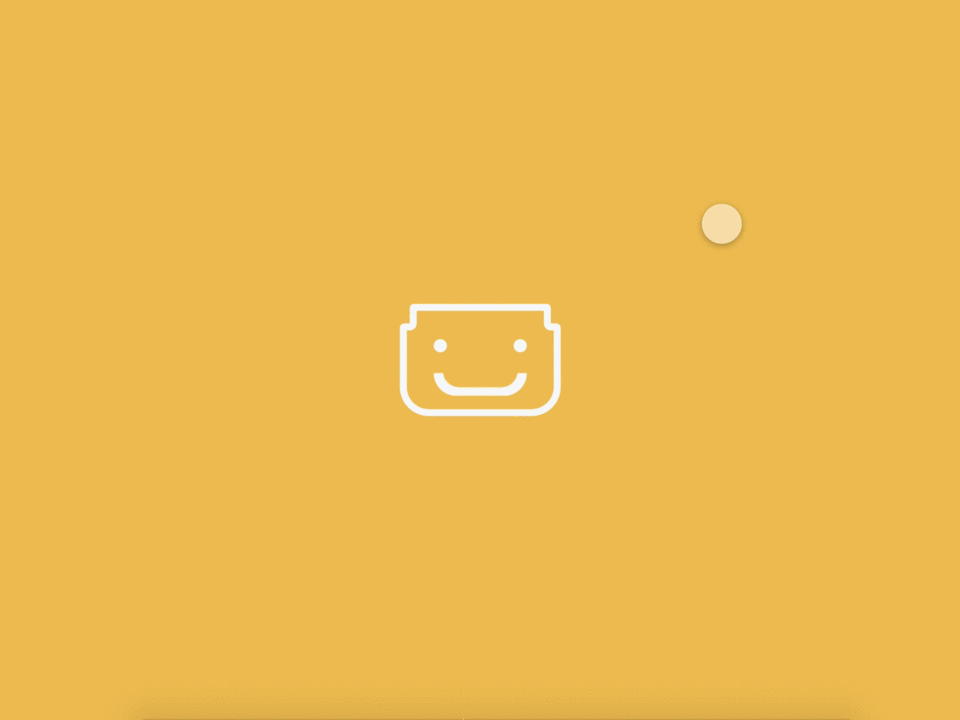
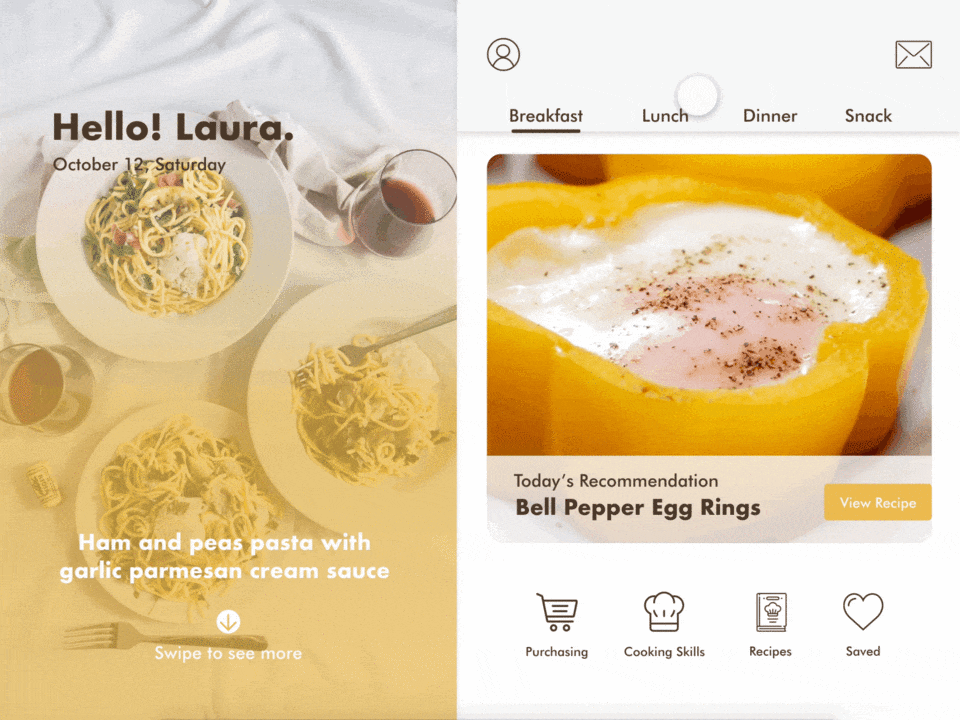
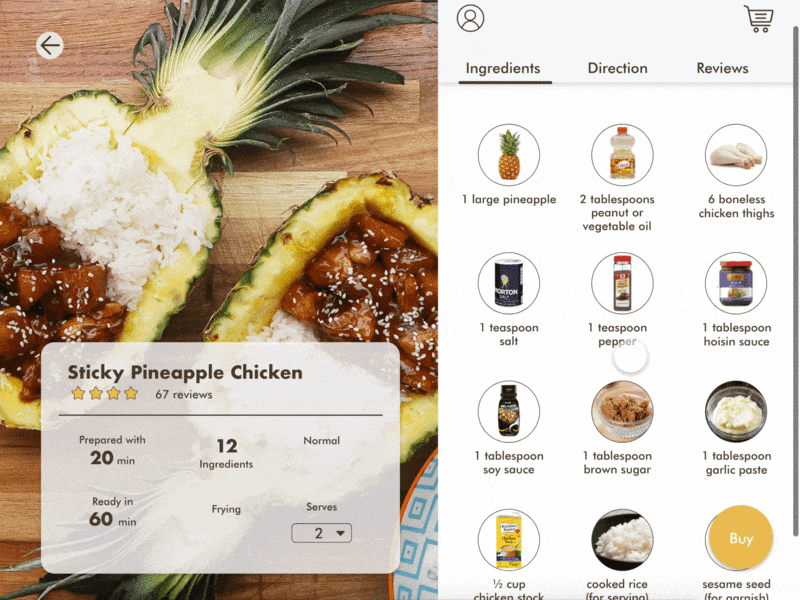
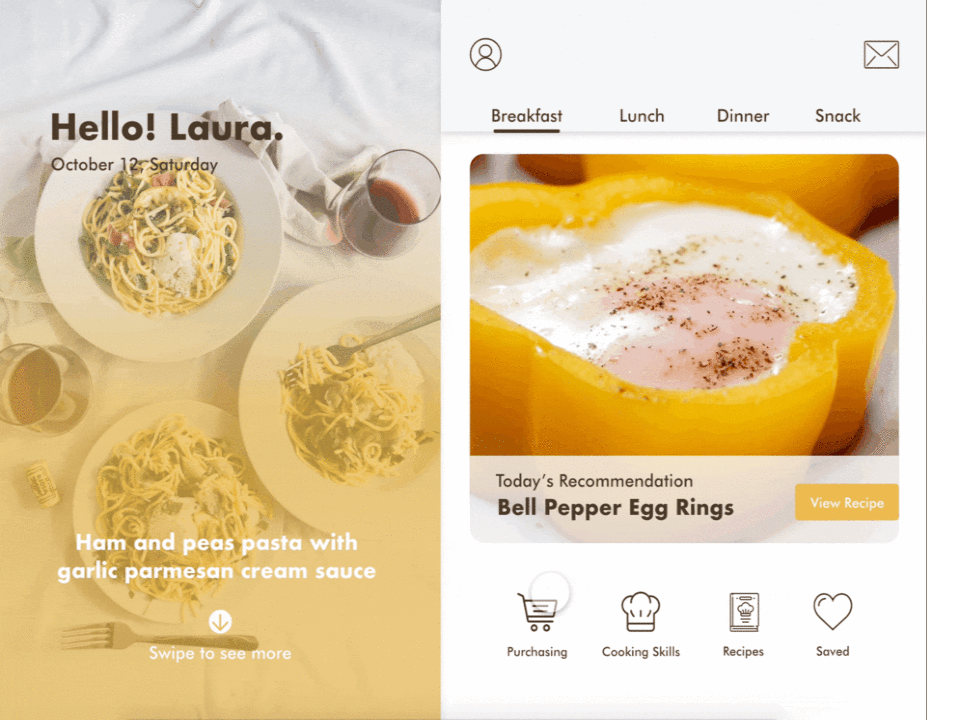

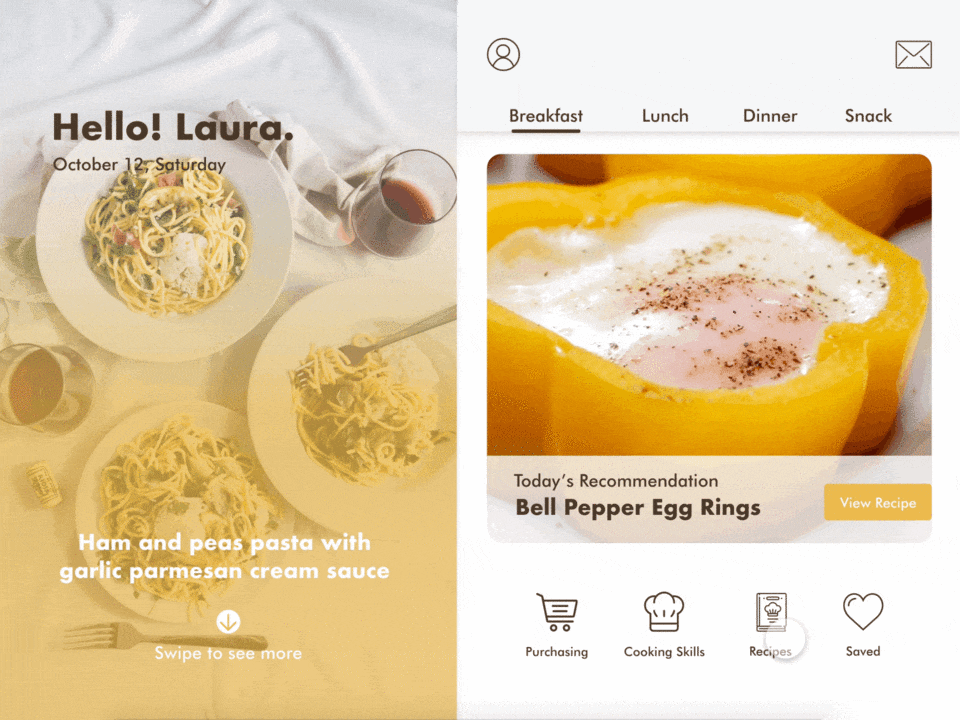
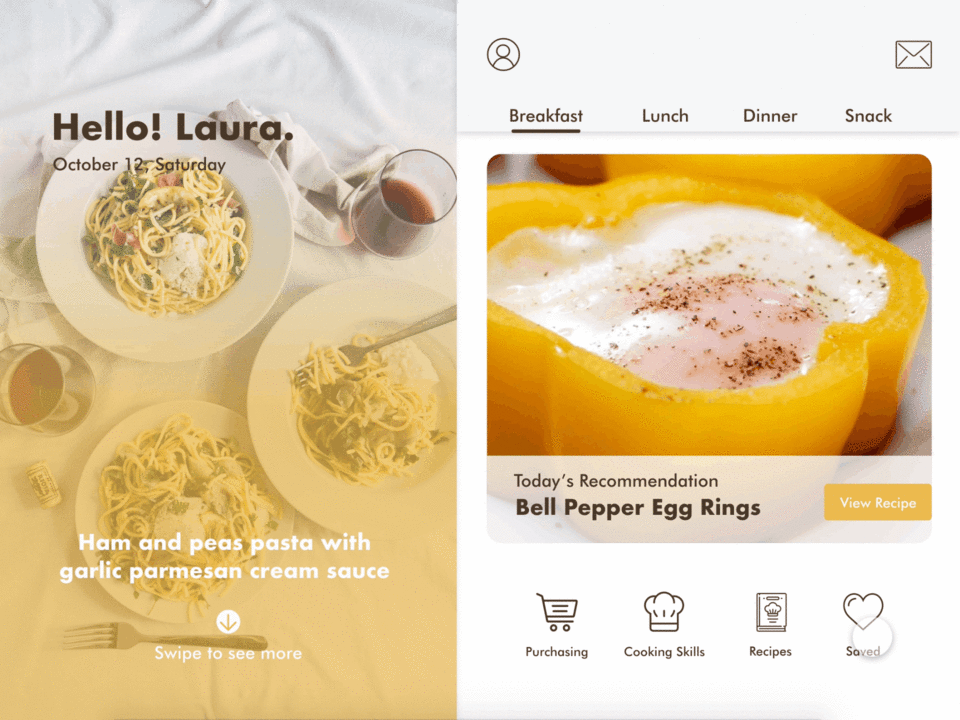
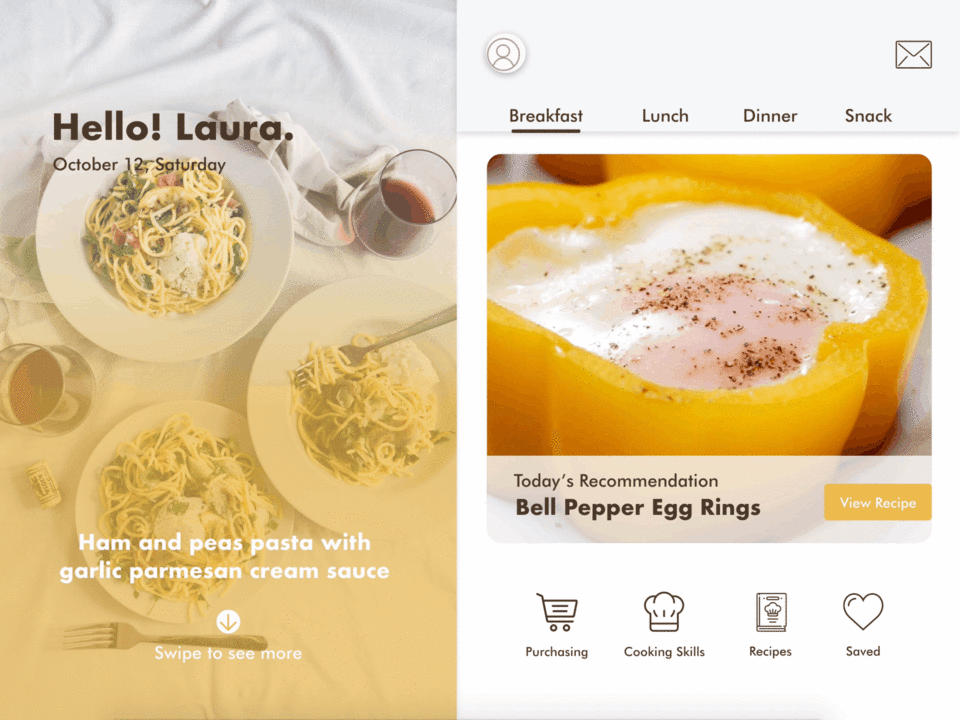
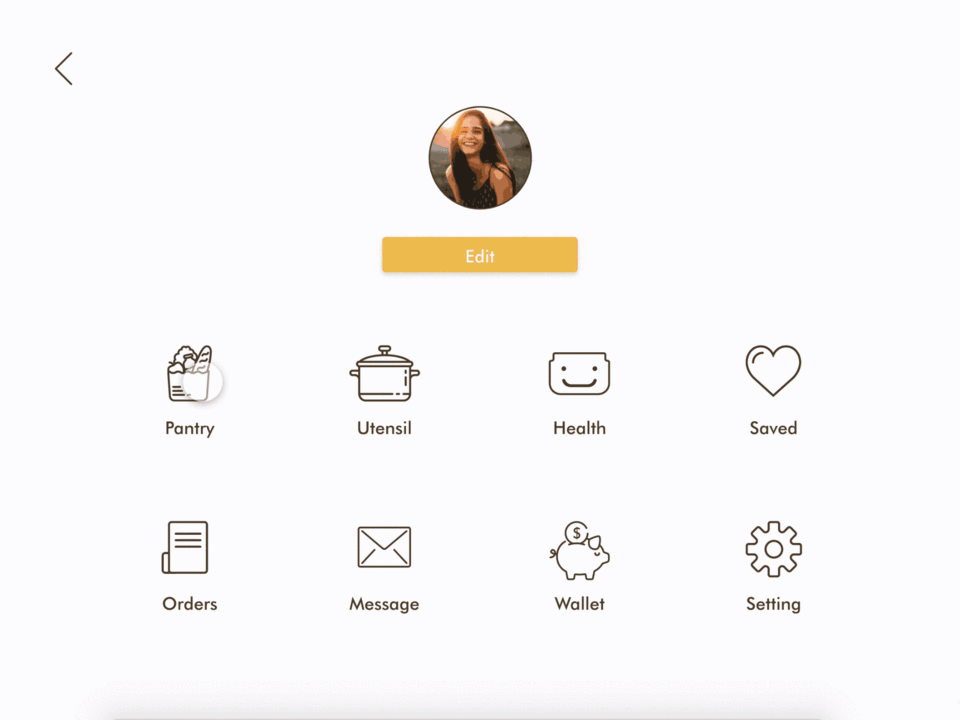
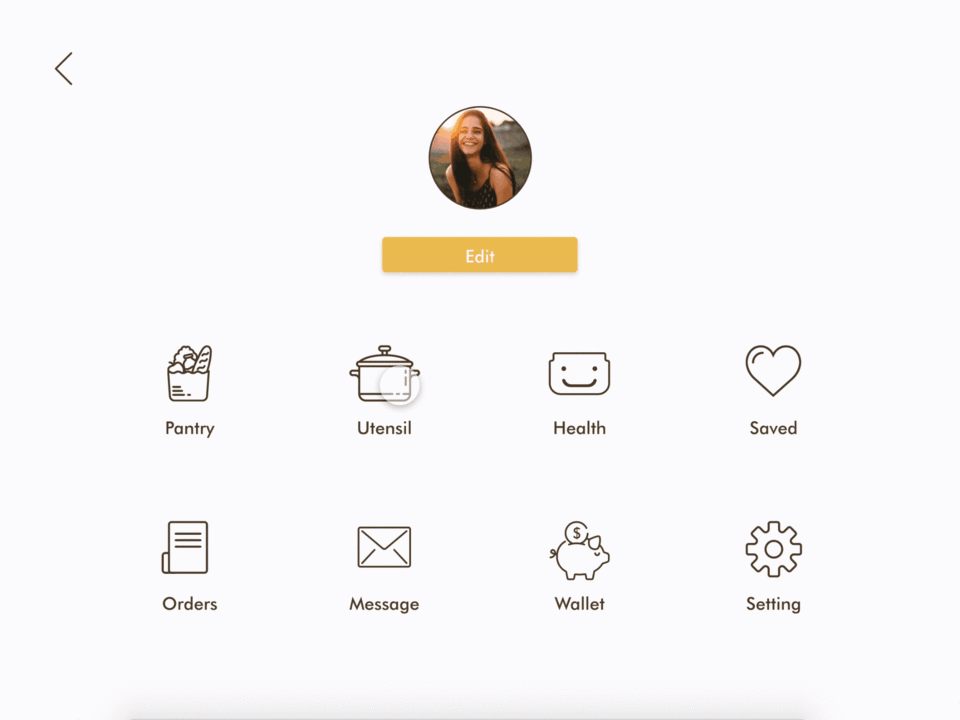
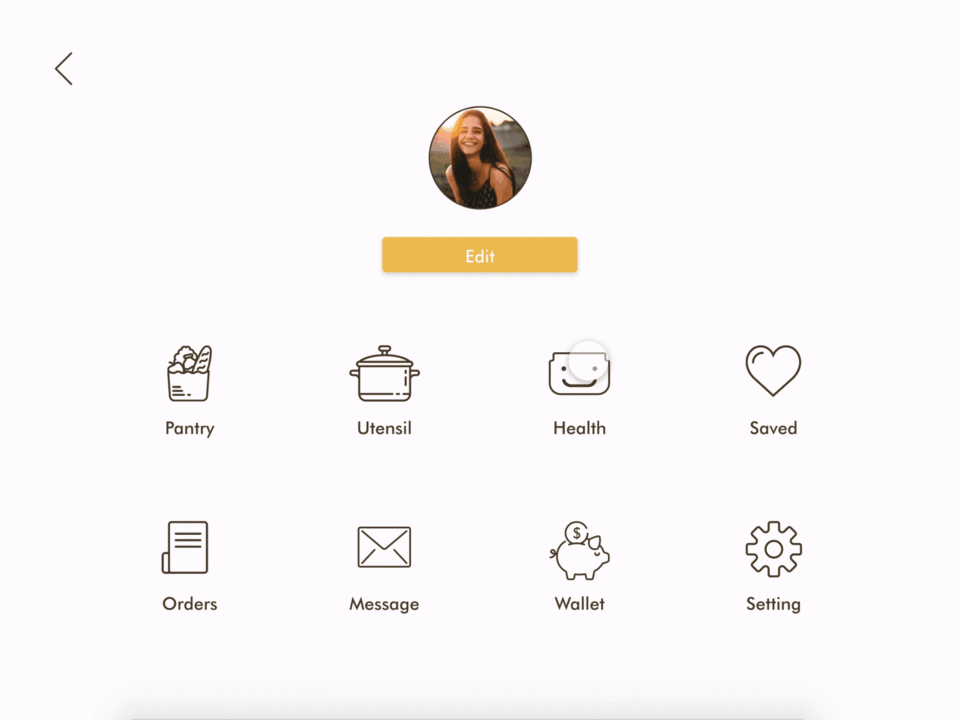
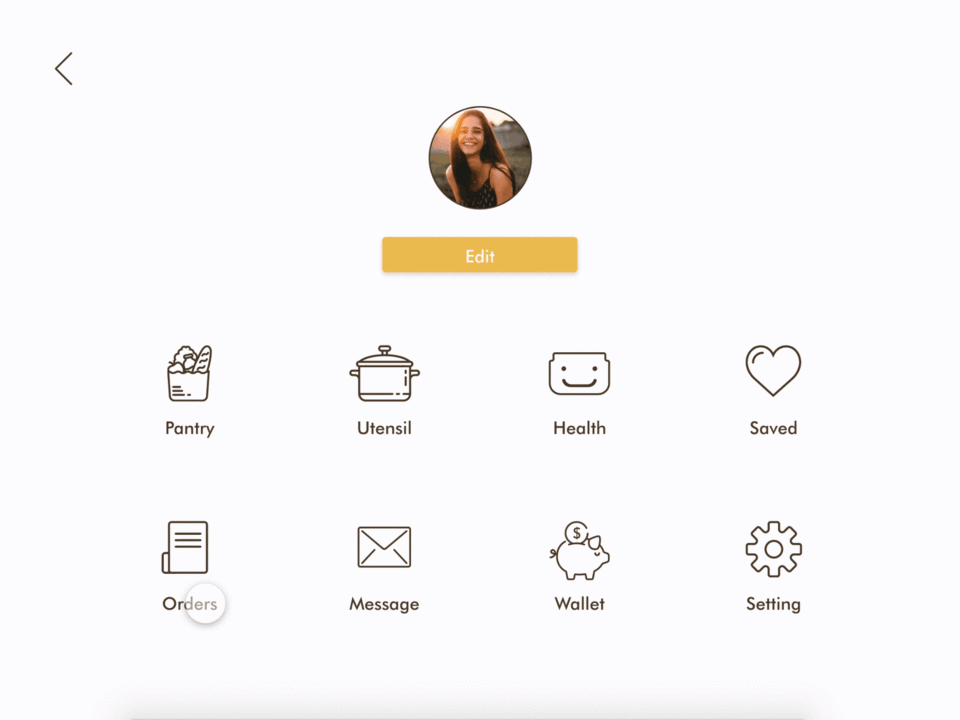
The main goal of validation is to test whether the capacity of the bento box is suitable and whether the basic functions of the App work well. The bento box was validated with different kinds of ingredients and the bento box can fit all ingredients in the picture. Participants feel the portion of the ingredients they need usually depends on their situations. Sometimes they do not need so many ingredients like these but sometimes they are not enough. However, participants feel the capacity of this box can meet their normal needs for one meal.